In the keynote session at the Media Technology Conference, C4’s Grace Boswood and the BBC’s Sinead Greenaway discussed how technology should evolve to meet the challenges the industry faces
Leading technologists came together at the Media Technology Conference 2022 to debate topics affecting the whole industry.
The Broadcast Tech & Sport Group and SMPTE-led event, which took place at BFI Southbank, London, featured a keynote panel made up of Channel 4 technology director Grace Boswood and BBC director, broadcast and end-user technology, Sinead Greenaway.
The two joined Broadcast Tech & Sport Group editorial director Jake Bickerton to discuss the challenges facing broadcasters this year and the role of technology in taking innovation forward.
What is driving the major tech changes in 2022?
SINEAD GREENAWAY We’ve just come out of two years of Covid and lockdowns where we all deployed technology at pace – solutions that were characterised by enabling remote working and protecting ourselves.
As an industry, we did a lot of things very quickly because we had to, and we won’t ever go back, but at the same time, there’s a moment of, ‘Okay, how much did we lift and shift? How did we engineer properly for cloud and IP? What do we need to undo?’

In terms of infrastructure, we are a spaghetti of stuff – because we have built lots of great stuff – and we need to make the supply chain far simpler and more elegant. The challenges of interoperability and helping the entire supply chain move as one are enormous.
For us now, it’s all about the supply chain – how do you get content and metadata from one end of the chain out to viewers as quickly and easily as possible? Where we have something that serves audio well, could we do the same for TV?
Likewise, where we have production techniques for sport and news, can we bring those together? It’s looking at the entirety of the supply chain and thinking about how we can surface as much of our amazing content as we can, as quickly as possible.
Clearly, we’ve digitised a heck of a lot of the archive, and we’ve been doing that for years, but it’s a big archive so there’s still lots to play for.
And how do we easily capture live? What’s the richest metadata set, and how can we easily repurpose the content, whether it’s live, long-form, short-form, or everything inbetween? It’s all about architecture – if you go to the end and work back, what decisions would you make differently and how do we plough through?
GRACE BOSWOOD Looking forward, it’s about resilience and stability. With a complex supplier ecosystem and an architecture that’s evolved rather than been designed, that can be a challenge. So we’re working with suppliers to ask how we can creatively move tech forward. Where do we need to unpick?
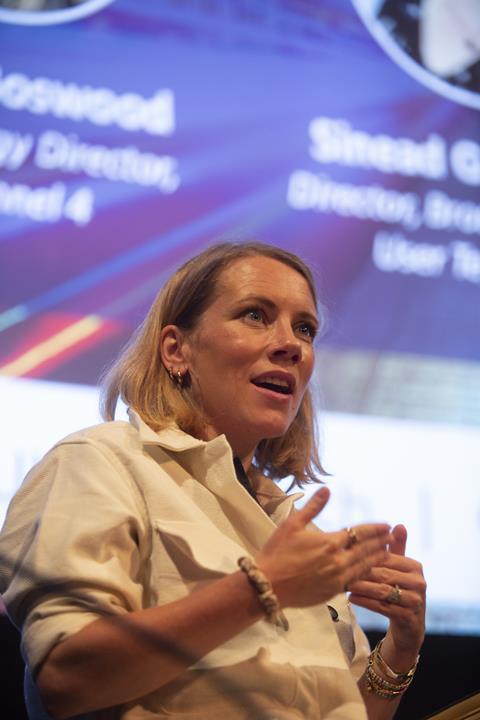
At the same time, we are working in an incredibly competitive market, in which Channel 4 is a minnow with some real strengths in terms of agility and connection with young audiences. Our customers are both viewers and advertisers, so a lot of the innovation and creative work my team are doing is around how we can take that platform and really put something unique into the market around how we serve our ads and our consumer propositions.
The industry is about to go through another load of change in the next 24 months as the economic realities hit, and the big US monoliths move into the advertising sales space, which is in some ways a real threat, but in others an opportunity.
We’ve been doing this for 40 years so we can take our platform and say this is a really good way of reaching our audiences – here’s the technology that works, here’s the great content, let’s package them up together.
But I think we’re headed into a different phase of our society where people are going to look much more closely at their household bills. In terms of cost, free is obviously a compelling proposition. If you can make that free experience add up and work, then there’s no barrier to entry, so that’s the platform on which we will build.
We’re also looking at new distribution models and have decided to put long-form on YouTube again to understand how the economics of that stack up. In addition, we’re looking globally, starting with the US market, because it’s a much bigger pie and a very small slice of that still adds up to something that’s economically viable.
How do you compete with Netflix, Disney all the other big streaming services?
SG Content is king, obviously. If you look at the Glastonbury coverage, it was everywhere, and for the BBC that’s about our breadth as well as our heritage – it’s the ability to do linear and radio, BBC Sounds and iPlayer, and make that a rich experience for everyone. We had five stages and UHD content from Glastonbury on iPlayer. That full event-driven coverage and how we can wrap everything around that is one of our strengths.
At the other end of the spectrum is the continued drive towards personalisation and tailoring, and back to a digital-first approach.
How do you have that whole BBC experience in the way you want it?
GB The challenge in a digital-first approach is how do you take a TV organisation and move it onto the internet? It means a different way of working because different content formats work better and are more marketable online. So I think you’re also going to see a change in the content mix. For example, the daytime schedule is already being filled in a different way, and I think you’ll continue to see an evolution of that.
There’s still room for [shows like] A Place In the Sun, because people want that kind of leanback TV experience, but we’ll need to be careful in our content investments in order to differentiate ourselves.
What is being done to decrease latency for live online streams?
SG There’s an acceptance that there is only so much we can do – at any one time, we’re managing an average of 400,000 streams onto multiple platforms and devices. It takes time to process and even on two of the same outcomes, you can have a latency difference.
But it’s getting better all the time and it’s an industry-wide challenge. We can go so far with this as broadcasters but there’s an ecosystem of processing, rendering and compression, and all of those things that cause differences. So it’s a much bigger challenge.
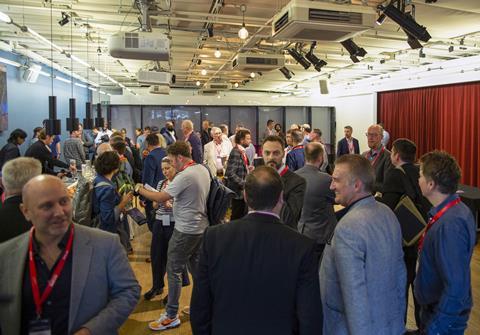
GB It hits so many parts of the value chain. And when you add ad insertion into the mix, it only gets more glitchy. There are commercial and audience gains in decreasing latency, but it requires every team to look at how their part of the chain can do better.
Are increasing picture and audio quality still a priority, given the digital-first approach?
SG It’s always going to be important. We’ve clearly done quite a lot already in terms of UHD and it tends to be audience-led. There are particular genres – natural history and some of the factual content through to sport – that tend to be the places that go there first and in the biggest way. We are always ambitious, but we have to be mindful of value and audience, and to trade those two things off.
Manufacturers have a role to play – 8K is probably manufacturer- and device-led, as opposed to us thinking about audience needs. Interest in UHD is nascent but growing. GB It’s an issue for audiences, but a secondary one.
If you had a Sky Sports subscription, you might feel differently. We look at what are going to be the differentiating factors that will get us a commercial return, and what is not for us right now. I would put very high-resolution content in that bucket.
Is it easy enough to find staff who understand all your kit and the future tech?
SG Yes and no. I recently went to BBC Maida Vale Studios and the apprentices there are seeing ancient desks that still drive great quality sound. Then they see brand new IP solutions. Being able to work on both is a hybrid skill. It means you need unicorn talent, so we must be mindful of the range of things in our estate.
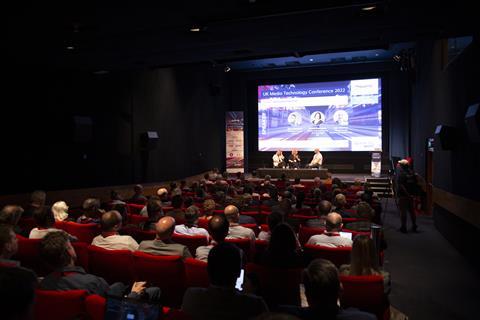
GB There are always going to be skills that are crazily in demand, so it’s about working out which skills you want to get behind and telling people how much fun it is to work in telly.
SG And it’s actually quite challenging, which is a good thing – I love how complex we are. For technologists, complexity is really attractive.


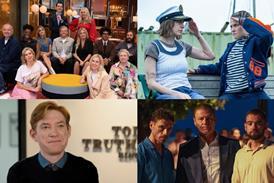




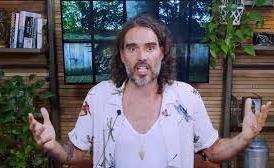


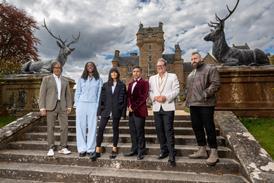

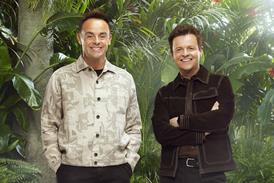
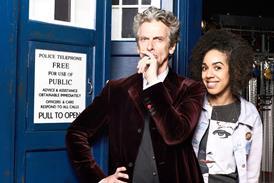
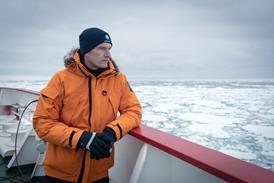


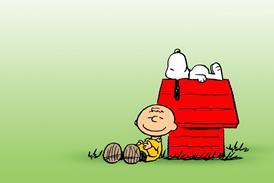

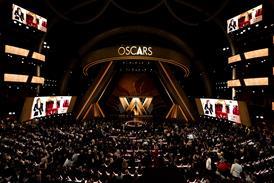
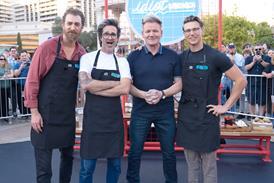
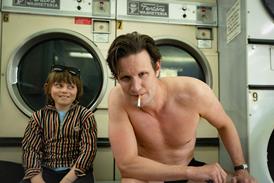
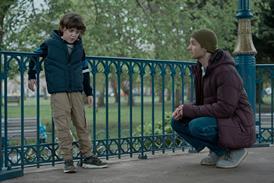
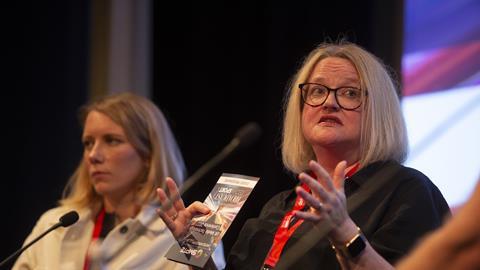






No comments yet